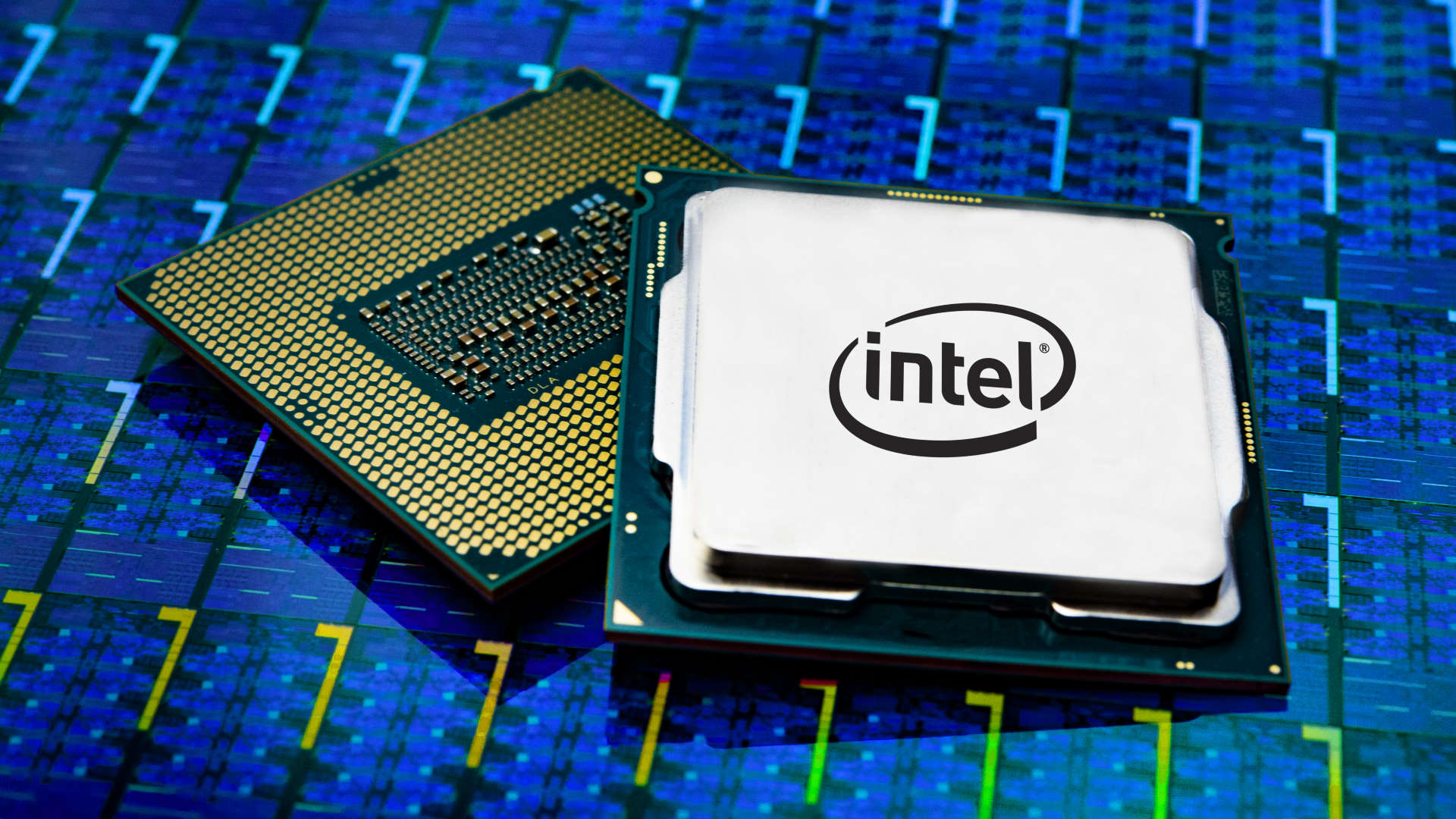It's 2024 and yet Intel is still churning out DUAL CORE CPUs for desktop PCs, and I'm a little in awe of the plucky trooper
Two P-cores are all you're getting, but they're speedy little things, so it's not as awful as you might think.

Thanks to AMD and its Zen architecture, we now all get to enjoy CPUs with six or more cores for very little money. The current generation of consoles all boast eight cores and 16 threads. It is, after all, the year 2024 and not 2004. Oblivious to this is Intel with the release of the eponymous 310 chip, loaded to the hilt with a staggering two P-cores and naff all else.
The first benchmark of the mighty processor, a Geekbench v6 result, was spotted by Benchleaks (via Wccftech) and it achieved a single-core figure of 2,152 and a multi-core result of 4,254. That first value is quite respectable—but so it should be because the Intel 310 is a Raptor Lake chip with a constant 4.1 GHz clock speed. Well, technically it's an Alder Lake one but that's by-the-by.
That multi-core score might seem pretty miserable but no CPU with support for four threads is going to set any multithreading records. A quick search through the Geekbench database for the popular Ryzen 5 5600X (six cores, 12 threads) shows scores in the region of 8,000 to 9,000—so the Intel 310 isn't too bad when you consider just the raw numbers.
It's not the first dual-core chip Intel has launched in recent times as the Intel 300 made an appearance early this year. The new 310 is the same processor, albeit with a 200 MHz higher clock, and while there are no prices for the new model just yet, the Intel 300 has an MSRP of $82 to $92.
But what use is a dual-core CPU in 2024? Well, you're certainly not going to be doing any top-end gaming with one (it would be a fun exercise to see how badly it would run the latest games) but it should be fine for handling light office tasks, web browsing, and a bit of media consumption. Any application that just loads up a single core will be fine.
Personally, I'd prefer to have a bit of performance in reserve and would drop a Ryzen 3 4100 in a cheap AM4 motherboard, and get four cores, eight threads, and a very cool running chip for less than $70 (Amazon, Newegg). However, such a setup would still need a graphics card and the Intel 310 sports a little iGPU, so you'd save quite a bit of money there.
And speaking of AMD, there's a report on Weibo (via Videocardz) that it's planning on releasing at least one NPU-less version of its last-gen APUs. Where the Ryzen 7 8845HS sports a neural processing unit capable of 16 TOPs, the apparently-named 8745HS won't have a dedicated NPU.
The biggest gaming news, reviews and hardware deals
Keep up to date with the most important stories and the best deals, as picked by the PC Gamer team.

Best CPU for gaming: The top chips from Intel and AMD.
Best gaming motherboard: The right boards.
Best graphics card: Your perfect pixel-pusher awaits.
Best SSD for gaming: Get into the game ahead of the rest.
This is something that we see in the desktop CPU market a lot and models with an F suffix are chips that have defects in the integrated GPU. Rather than throwing it away, the GPU is fully disabled and the product is then sold as a fully functioning CPU, albeit one without a graphics chip.
Given that AMD's Hawk Point chips don't boast enough AI-TOPs to meet Microsoft's criteria to be used in a Copilot+ AI PC, one wouldn't lose anything at all by having a laptop with an 8745HS. Whether such a chip is going to be available worldwide is another matter, though.
If you're wondering why I've mentioned this, it's because I'm not sure if the Intel 300/310 chips are custom-made dual-core chips or if they're Core i3 13100 processors with all of the E-cores and most of the P-cores disabled, just like the Ryzen 7 8745HS has its NPU disabled.
It wouldn't make any difference to how well the processor ran, but it would be kinda neat if Intel really was making a proper dual-core chip and not just scraping the binning barrels for dodgy Alder Lake wafers. Should any of you fine readers happen to come across one, please see if you can get the heatsink off it and show the world exactly what the die is like.

Nick, gaming, and computers all first met in 1981, with the love affair starting on a Sinclair ZX81 in kit form and a book on ZX Basic. He ended up becoming a physics and IT teacher, but by the late 1990s decided it was time to cut his teeth writing for a long defunct UK tech site. He went on to do the same at Madonion, helping to write the help files for 3DMark and PCMark. After a short stint working at Beyond3D.com, Nick joined Futuremark (MadOnion rebranded) full-time, as editor-in-chief for its gaming and hardware section, YouGamers. After the site shutdown, he became an engineering and computing lecturer for many years, but missed the writing bug. Cue four years at TechSpot.com and over 100 long articles on anything and everything. He freely admits to being far too obsessed with GPUs and open world grindy RPGs, but who isn't these days?

